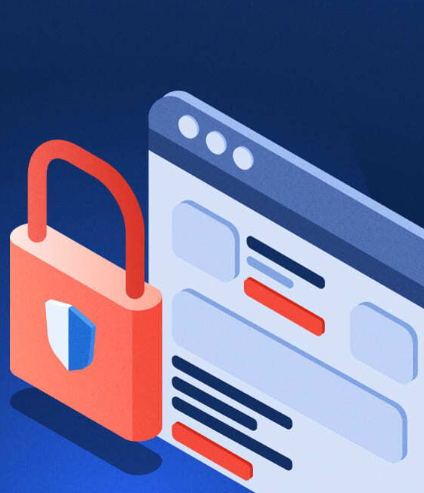In today’s digital landscape, businesses rely heavily on their online presence. However, a spike in website traffic isn’t always a good sign. It could be the beginning of a Distributed Denial of Service (DDoS) attack, which can incapacitate your online services and harm your reputation. DDoS attacks are among the most dangerous cyber threats businesses face, and if your company operates online services, it’s important to prepare.
To protect your business from these malicious attacks and avoid the financial and reputational damage they cause, you need to implement the right defenses. Here are some strategies to help you safeguard your business against DDoS attacks and other cyber threats.
1. Develop a DDoS Response Plan
The best way to deal with a DDoS attack is to have a pre-established response plan in place. Even the most advanced preventive measures can fail, so it’s crucial to be prepared for a potential breach. Your DDoS response strategy should cover the identification of an attack, assign roles to your response team, and ensure continuity of business operations during the attack.
Your response team should include IT professionals and public relations experts. While the IT team works to mitigate the attack, the PR team will handle communications with customers and stakeholders, providing updates and maintaining transparency. Having a communication strategy is essential to keep your customers informed and minimize the impact on your brand’s reputation.
2. Identify Network Vulnerabilities
Cybercriminals often target weak spots in your network to launch their attacks. To defend against these threats, regularly assess your digital infrastructure and look for any vulnerabilities. This includes evaluating both hardware and software systems to ensure they’re up to date.
Make sure to identify critical components of your network, such as servers or databases, that could severely disrupt your operations if taken offline. By pinpointing vulnerable areas, you can focus your DDoS protection efforts where they are most needed.
3. Invest in Secure Systems
Investing in secure systems is essential for protecting your network from DDoS attacks. Monitoring your network traffic regularly is a crucial step in identifying potential threats early on. Watch for unusual patterns, such as sudden traffic surges from unfamiliar IP addresses or poor website performance, which may indicate an attack.
Real-time monitoring tools, such as Web Application Firewalls (WAF), are incredibly effective in identifying suspicious traffic and preventing attacks from spreading. WAFs can block malicious requests, reducing the impact of an attack. Additionally, implementing rate limiting can control how many requests a device or IP address can make to your network, making it harder for attackers to overwhelm your system.
4. Educate Your Team on Cybersecurity
While securing your network is critical, it’s equally important to address the human element in cybersecurity. Employees can unintentionally provide hackers with access to your system by clicking on phishing emails or downloading malicious software. That’s why regular cybersecurity training is crucial.
Offer ongoing training sessions to help employees recognize signs of cyber threats like DDoS attacks, phishing scams, and malware. The training should be updated frequently to keep up with evolving cyber threats and should be mandatory for all staff, including remote workers.
5. Protect Your Business from Other Cyber Threats
DDoS attacks are just one type of cyber threat your business could face. Often, cybercriminals use DDoS attacks as a smokescreen to carry out other malicious activities, such as data breaches or ransomware attacks. For this reason, your security strategy shouldn’t focus on DDoS alone.
Instead, implement a comprehensive cybersecurity approach that addresses a wide range of threats. This holistic protection will ensure that your business is equipped to handle various forms of cybercrime and minimize overall risk.
Final Thoughts
Cybercrime is on the rise, with experts predicting that its financial toll will reach $15.63 trillion by 2029. A single DDoS attack can lead to severe financial losses, not to mention damage to your company’s reputation. As a business owner, it’s crucial to recognize that your company could be a potential target for hackers, regardless of whether you’ve experienced a breach in the past.
By investing in the right cybersecurity measures and implementing the strategies outlined in this article, you can protect your business from DDoS attacks and other cyber threats, securing your digital infrastructure and safeguarding your reputation.



